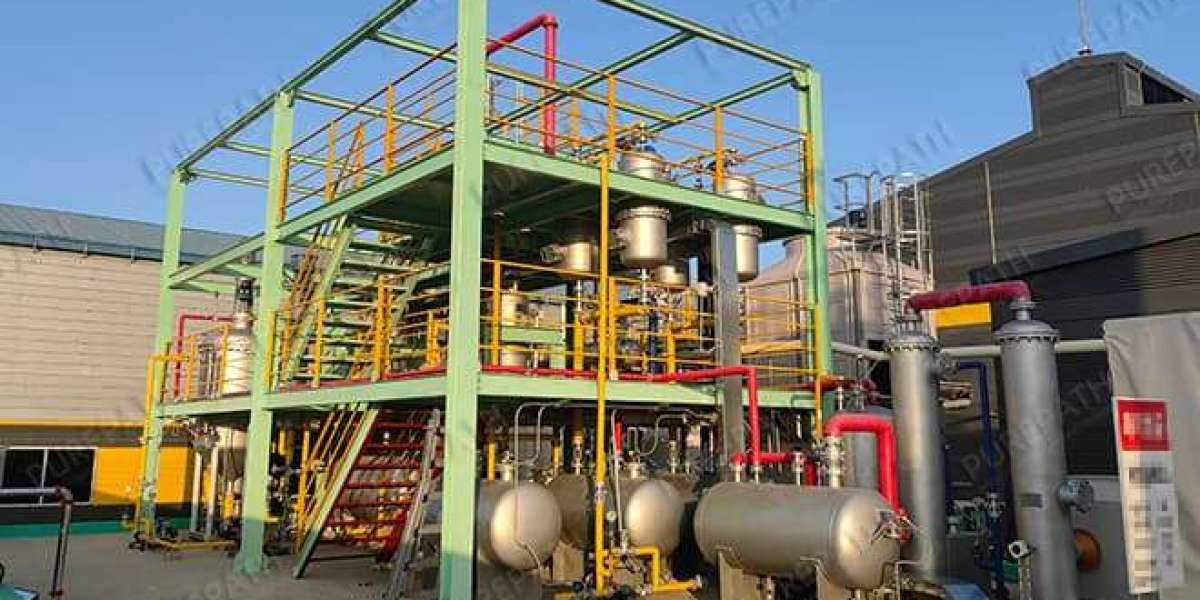Challenges in Used Engine Oil Recycling
Contamination: Used engine oil often contains contaminants like fuel, coolant, and dirt, which can reduce its quality and make recycling difficult.
Collection and Transportation: Efficiently collecting used oil from various sources, such as garages, workshops, and consumers, is a logistical challenge. Transportation of this hazardous material requires specialized handling and equipment.
Recycling Technology: While recycling technology has advanced, there's still room for improvement in terms of efficiency, cost-effectiveness, and environmental impact.
Market for Recycled Oil: The demand for recycled oil products, such as base oils and lubricants, can fluctuate, affecting the profitability of recycling operations.
Regulatory Compliance: Adhering to environmental regulations for handling, storage, and disposal of used oil and its byproducts can be complex and costly.
Solutions to Overcome Challenges
Improved Collection Systems: Implementing efficient collection systems, such as drop-off centers and mobile collection services, can increase the amount of used oil recovered.
Contamination Reduction: Educating consumers and businesses about the importance of proper oil disposal can help reduce contamination. Advanced filtration technologies can also be used to remove contaminants from collected oil.
Technological Advancements: Continued research and development in recycling technologies can improve efficiency and reduce costs.
Market Development: Promoting the use of recycled oil products through awareness campaigns and government incentives can stimulate demand.
Stronger Regulations: Enforcing strict regulations on the management of used oil can help prevent illegal dumping and ensure environmental protection.
Public-Private Partnerships: Collaborations between government, industry, and environmental organizations can facilitate the development of sustainable recycling solutions.
The Road Ahead
Recycling used engine oil is essential for environmental protection and resource conservation. By addressing the challenges and implementing effective solutions, we can create a circular economy for this valuable material. It requires a concerted effort from governments, industries, and individuals to build a sustainable future.







